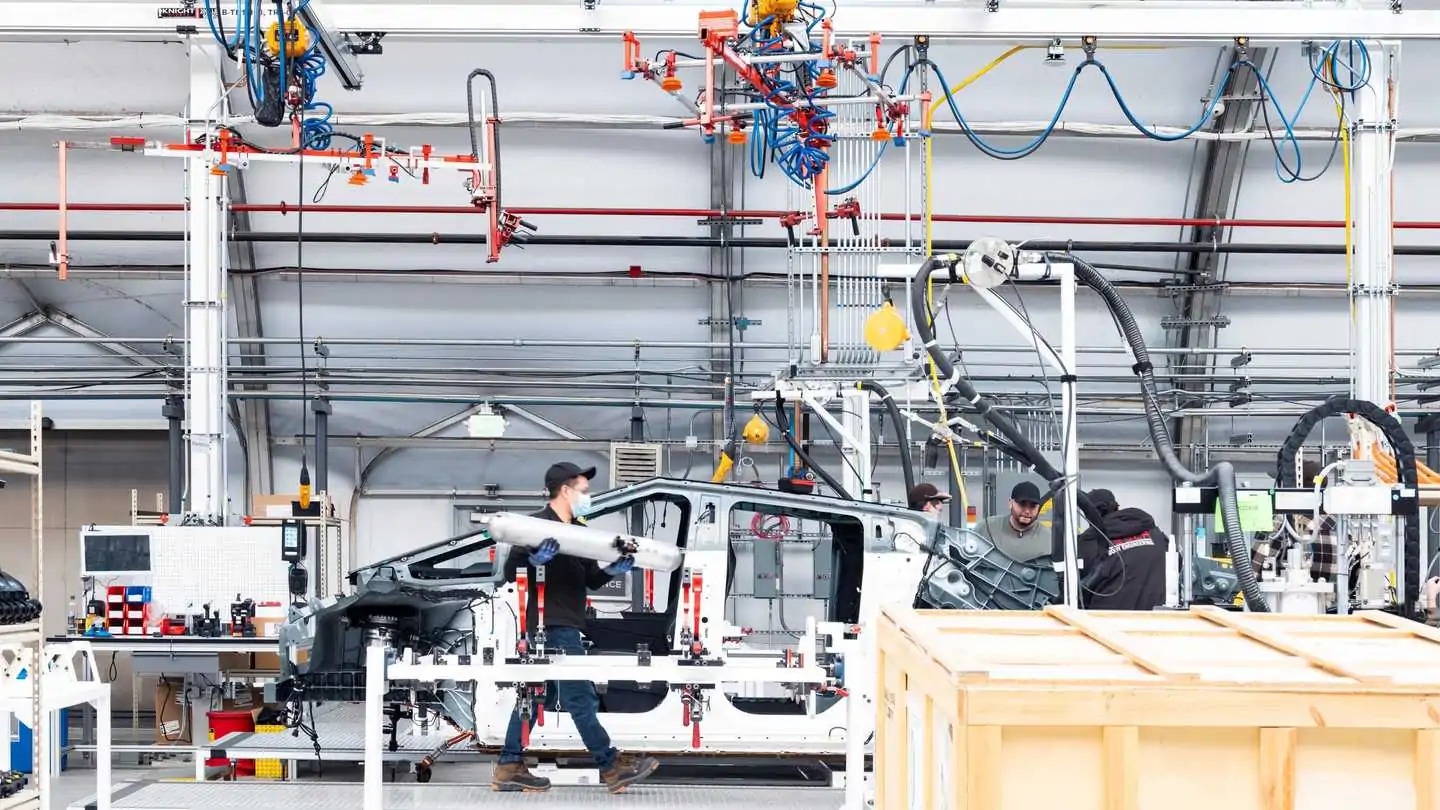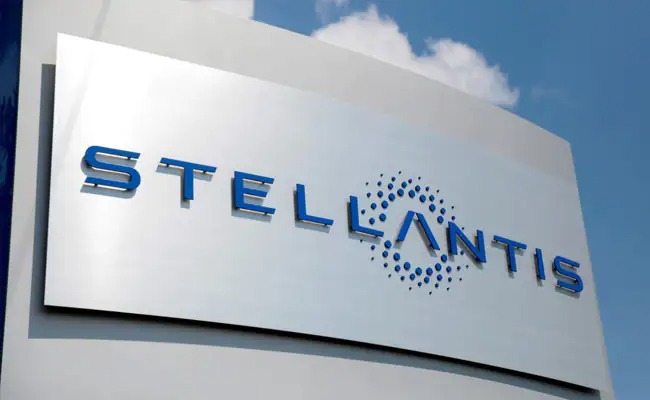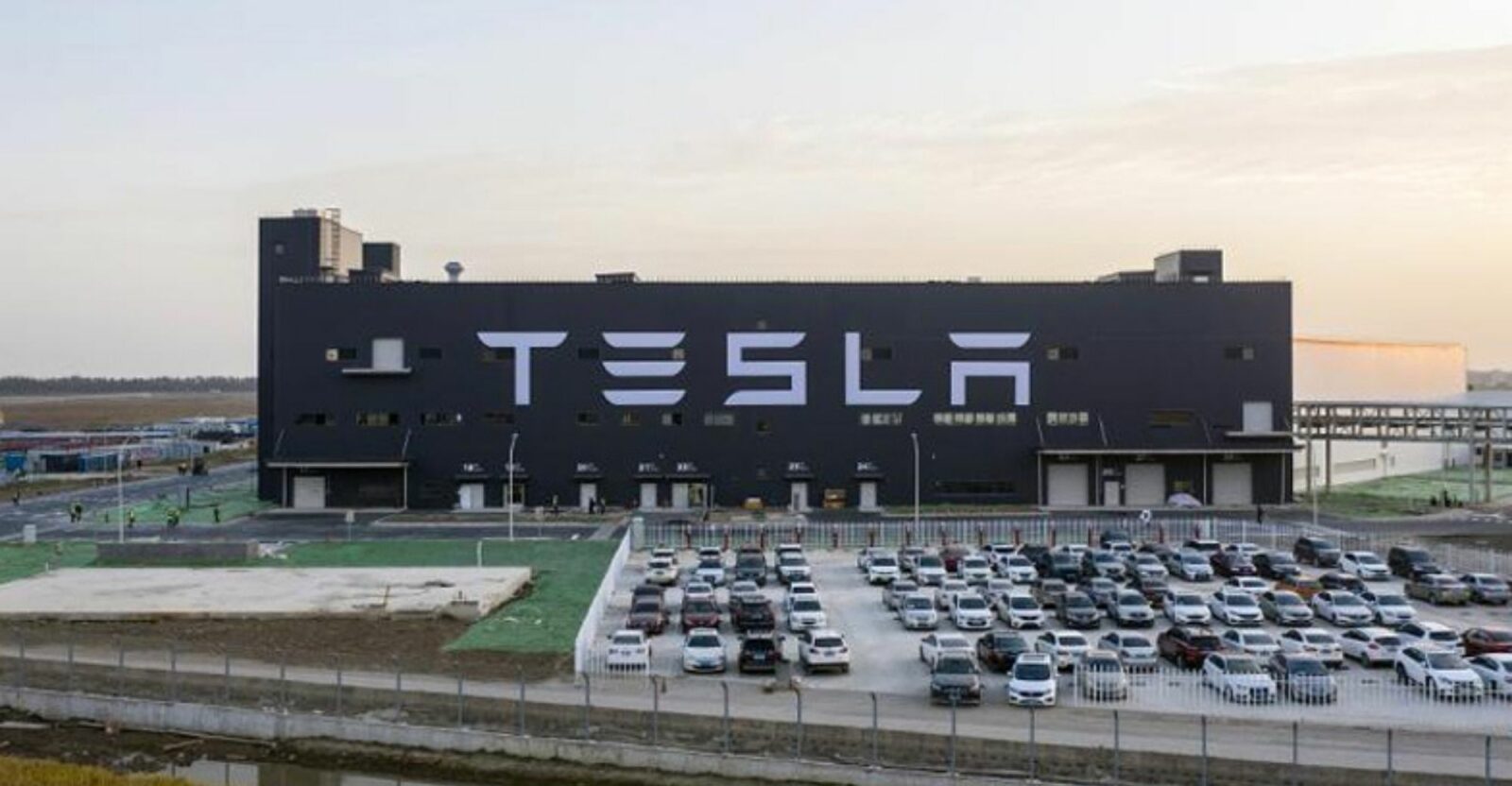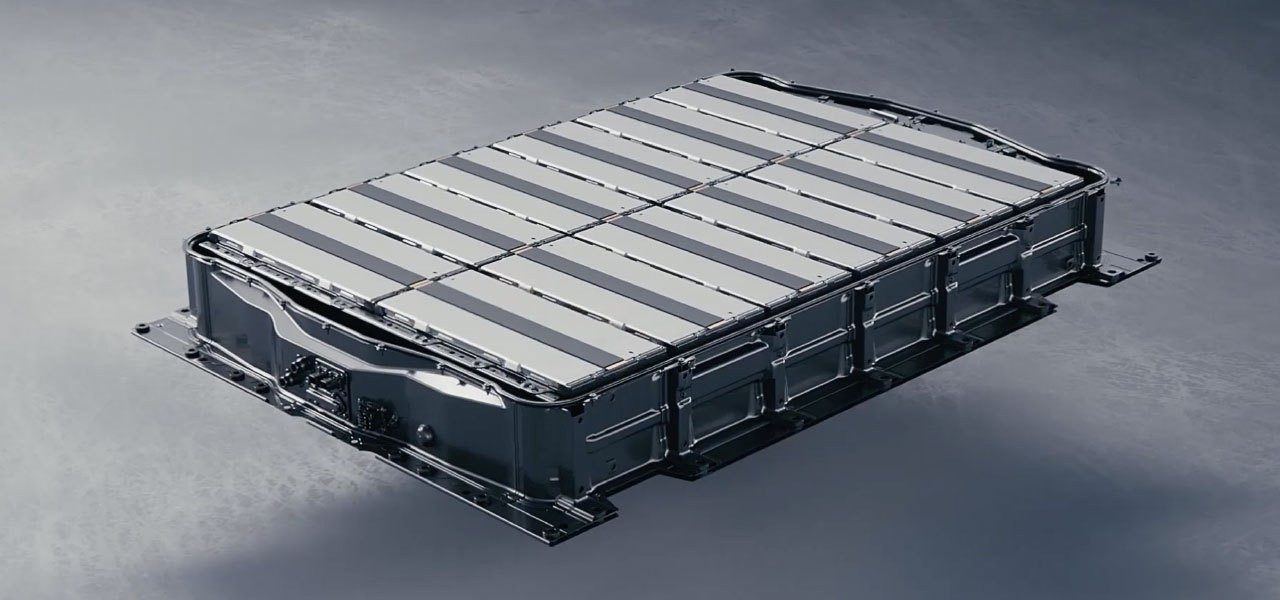In Ford’s recently held second-quarter earnings call, the automotive giant revealed the impact of the ongoing electric vehicle (EV) price wars on its business, with results indicating a challenging road ahead. Despite the difficulties, Ford remains committed to a positive outlook and is taking proactive measures to address the situation. The dynamic landscape of the industry makes the future uncertain, but the company is striving to adapt and thrive.
The automaker’s projection for its electric vehicle Model e division initially anticipated a $3 billion loss this year as it began to scale. However, due to unexpected challenges, Ford is now expecting a $4.5 billion loss, with the second quarter alone posting a $1.8 billion deficit. This translates to approximately $32,000 in losses for each EV sold, with intense pricing competition with Tesla adding to the strain.
In response to these financial setbacks, Ford is adjusting its priorities and goals. The emphasis on EV production has been somewhat reduced, with the previous target of manufacturing 600,000 electric vehicles annually by the end of 2023 pushed back to 2024. Additionally, the long-term goal of producing 2 million EVs per year by 2026 no longer carries a firm deadline, according to CNBC reports.
Despite these adjustments, Ford’s CEO, Jim Farley, remains optimistic, expressing that the company is not rushing to achieve its previous targets. He believes that the near-term adoption of EVs may be slower than expected, presenting an opportunity for Ford as an early mover in the market.
Nonetheless, Ford faces significant challenges in turning a profit until it can efficiently scale its Model e division. Barrons notes that around 100,000 units need to be produced per quarter to reach profitability, a far cry from the 34,000 EVs and hybrids combined that were sold in the second quarter.
To mitigate these challenges, Ford plans to leverage hybrid technology to a greater extent, seeking to capitalize on strong sales and profits from its Pro commercial segment of the business. The company also acknowledges the complexity of managing multiple EV projects, developing EV infrastructure, and eventually phasing out internal combustion-only vehicles.
Amidst this complexity, speculation has arisen that Ford may reduce its resources dedicated to semi-autonomous driving technology development, potentially opting to license Full Self-Driving (FSD) technology from Tesla.
As Ford navigates these intricacies, it is clear that the company’s journey to profitability in the EV market will require perseverance and strategic adaptability. With a focus on hybrid technologies, strong commercial sales, and prudent management of its electric vehicle lineup, Ford aims to remain competitive in the rapidly evolving automotive landscape.







